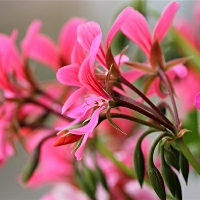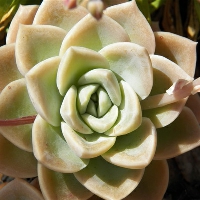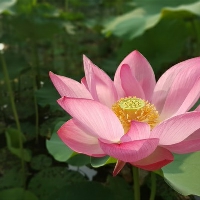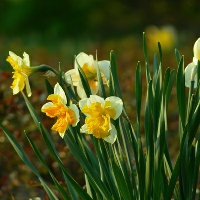The specific methods include setting up nine-year consistent compulsory education curriculum as a whole, and the primary school stage is dominated by comprehensive curriculum. The lower grades of primary schools offer courses such as morality and life, Chinese, mathematics, sports, art (or music, art), etc; The middle and upper grades of primary schools offer moral and social, Chinese, mathematics, science, foreign languages, comprehensive practical activities, sports
Expand Details









